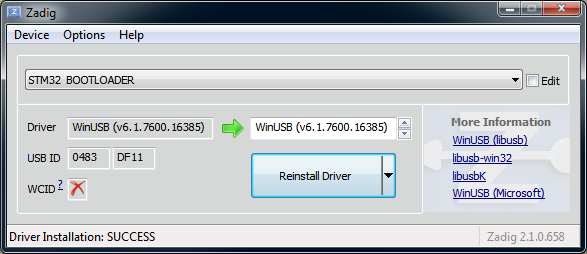
If the prospect of going full-in and programming in C seems a little bit daunting to you, you can get started in MicroPython. Note: I’m linking to the newest UF2 files as of – specifically MicroPython might be updated, so be sure to check the Raspberry Pi Pico getting started page. There is lots more of examples to be found here (C code).

The Pico is a good choice for projects which do not necessarily require network connectivity, HDMI output, camera input and processing.

significantly less RAM, no VideoCore GPU, etc.) – but it draws less power, and has additional features, like the aforementioned PIO, and analog inputs (ADC). The Pico has fewer resources compared to the Pi Zero W (e.g. This has advantages, like real-time, but also disadvantages – you need to know more about the hardware you are using, and need to implement a lot of functionality which you would take for granted on a modern operating system (e.g. The difference between a microcontroller (like the Pico) and a single-board computer ( let’s say Pi Zero W) is roughly this: you program the Pico directly (e.g., in C), without an operating system, whereas the Pi Zero W will usually run Linux. Raspberry Pi Pico, a 4 $ microcontroller board How is a Raspberry Pi Pico different from a Raspberry Pi Zero W?


 0 kommentar(er)
0 kommentar(er)
